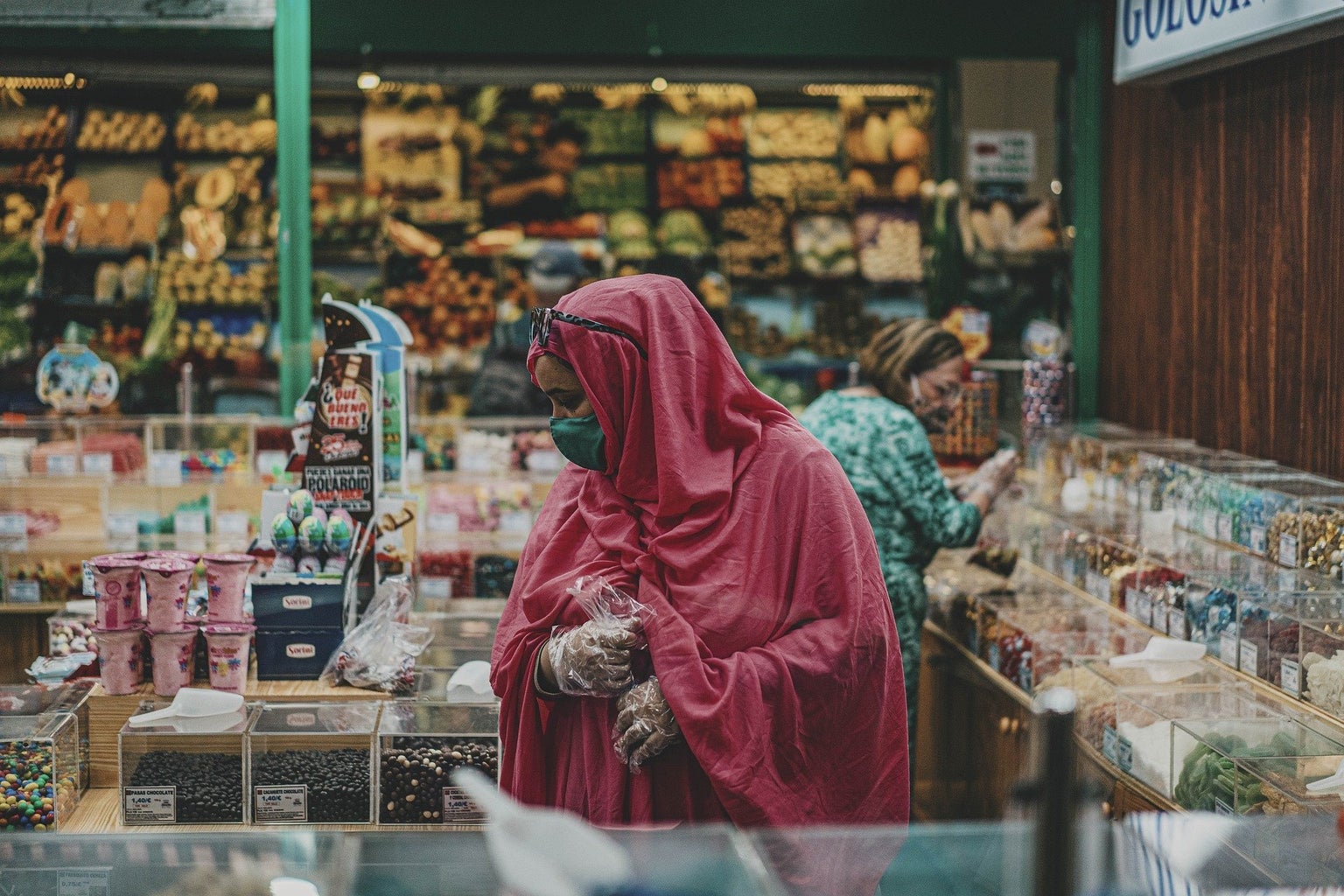With the second largest population concentration in the world, India was a major global concern with the Covid-19 pandemic. Despite being home to over 1 billion people, the country managed to keep the health crisis under control with the production and export of the supplies and vaccines, and set an example for the rest of the world in 2020. However, there were already suspicions of underreporting in the numbers of cases reported by the country, since experts consider it unlikely that such a populous country, and with such critical sanitary conditions, could control the pandemic so effectively, with such low numbers of deaths.
However, by 2021, the situation declined. Today, the country is considered the epicenter of the pandemic in the world, faces a lack of supplies to fight the disease, the emergence of a new, more violent strain of the virus, delays in vaccination, and is breaking daily death records. But how did all this happen?
According to history and geography teacher Roberto Lúcio da Silva, there were several factors that drove the virus in the country. In 2021, also, there was a relaxation in the isolation measures in Indian cities. This phenomenon caused city workers who were exposed to the virus to return to their villages in the countryside, and greater crowds across the country because of religious rituals, increasing the virus’ ability to mutate.
“About 70% of India’s population still lives in the countryside, without access to quality healthcare and sanitation. The sanitation problem in India is very serious, but it gets worse in these areas. Moreover, the social stratification within Indian society, which is the caste system, even though weakened, still impedes social mobility and further aggravates the picture in the country.”
Still, despite the weakening of the caste system in recent years, it is a culture that is still entrenched. Thus, the “untouchables,” belonging to the lowest class in the hierarchy, face great difficulties in getting care in the public health system in India, and it increases mortality within the group.
Furthermore, the professor also talks about the role of religion within this scenario. “The esoteric and religious issues are complicated in themselves. We have a people who are very attached to religion, in all areas of their lives, which also drives and creates a wave of negationism in the country. When we disconnect science from religion, or vice versa, it becomes a very complicated situation to control.
In recent months, news of the new strain discovered in the country has alarmed the world. Considered to be the most dangerous and infectious to date, it has become the nightmare within a globalized universe.
“All economies are connected at a certain level, you cannot extirpate this disease quickly. Other than that, the country has a strategic geopolitical location in Central Asia, and it provides medicines. The moment we had the growth of the disease in the country, it stopped exporting the supplies to other countries. So, within the global geopolitics, at the moment when the pandemic was under control, India, in a way, helped to accelerate and intensify this issue by stopping the supply of the supplies. The consequence of India in global geopolitics is immense, it affects a lot, it occupies a region with a high concentration of people compared to neighboring countries. There is no way to quickly close the borders.”
Also in this scenario, India is neighboring and connected to several smaller countries, with less infrastructure, and that are already finding it difficult to control the pandemic internally, such as Pakistan and Bangladesh. Thus, a rise in cases in the country also means a greater contamination in the border countries, thanks to the difficulty in closing them suddenly.
As if the scenario wasn’t chaotic enough already, we also had the discovery of the “black fungus” – lethal mucormycosis in Covid-19 patients in India. Already considered an epidemic in the country, the disease strikes those recovering from the coronavirus, leading to cases of mutilation among those affected and with a 54% mortality rate. It has been considered by experts as a “nightmare within the pandemic”.
Underreporting continues to be a serious problem in the country. It is not possible to accurately count the proportion that the disease has taken in the country, since many bodies have started appearing in the Ganges River, without death certificates or any indication of what might have been the cause of death. Moreover, in the poorer villages they may be burying and cremating the deceased without confirmation of the cause of death and the preparation of an official document.
Even though, Roberto still maintains a positive outlook for the future of the country. “I believe that they can get back on their feet and solve this situation, it will only take time because of the amount of people. India has a high technology sector, with large investments and advances in biotechnology, bioengineering and the chemical industry, so much so that it is the main supplier of inputs that we have. It has significant economic growth, which can help it to mobilize to control the situation immediately, with the combination of these two forces. Although it is going through a slow moment right now, the focus is on controlling the internal problems, and I believe it will manage.”
—————————————————————–
The article above was edited by Marina Ponchio.
Liked this type of content? Check Her Campus Casper Libero home page for more!



